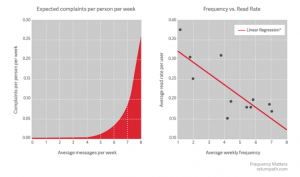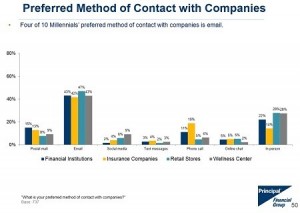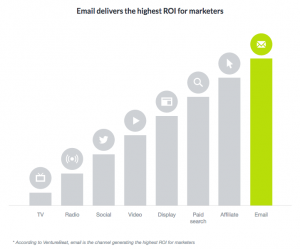Before doing any work in digital marketing I never understood the frustrations of the 140 character limit on Twitter. On a personal account Twitter is mainly used as a news feed, to share articles or links to other sites or quick quips or other musings. Yes it could be frustrating to shorten your thoughts but you could always send your thoughts out in multiple tweets or if it was a longer more personal thought you would just use Facebook. However, after doing the content creation for brands’ digital marketing the character limit was a source of daily frustration. For most branding tweets we’re including a link to the product and this link adds 23 characters limiting the space you have in a tweet to actually convey a message. Especially now that research has shown that tweets with photos get 313% more engagement you’re more likely to add a photo to your post which takes up another 24 characters. After including a photo and link to product you’re only left with 93 characters. I’ve spent a ridiculous amount of time attempting to shorten my tweets so they still make sense but are shortened enough to meet the limit. It also creates an additional pain point in that when scheduling your companies’ social media posts for the week you can’t just enter the information and post to Facebook and Twitter, you have to create separate posts for each platform due to the restrictive limits on Twitter. It also limits the ability to provide customer service on Twitter, it’s hard to respond to a customer’s complaint or question in 140 characters.
I’m trying not to be too optimistic in case Twitter doesn’t end up lifting the character restriction but since they did lift the character restriction for direct messages last summer it’s possible they are realizing the limits they’re creating for users with the character restriction.
It has recently come out that Twitter is building a new product that will allow users to share tweets that are longer than 140 characters. There have also been discussions that if Twitter does not do this they will at least remove things like links, user handles and photos from being included in the character count. Apparently the CEO of Twitter, Jack Dorsey, is supportive of the change. He has expressed a need for Twitter to reach more mainstream audiences and lifting or altering the character count would do so. It makes sense for Twitter to do so when newer platforms like Instagram are growing and having much greater engagement between brands and their customers. In order not to lose to Instagram with the rise in visual marketing Twitter is going to have to improve their photo sharing abilities and make it easier on marketers to use Twitter for their brands and increasing the character count is one way to do this.
At least in my world Twitter is the most difficult platform to use due to the character count. It really limits what you can do with the platform and forces you to create separate text content for a Twitter post, which is often of inferior quality due to the abbreviations required and stunted thoughts, making it an inferior platform when compared to Facebook and Twitter. Now we just have to cross our fingers and hope for the best.



